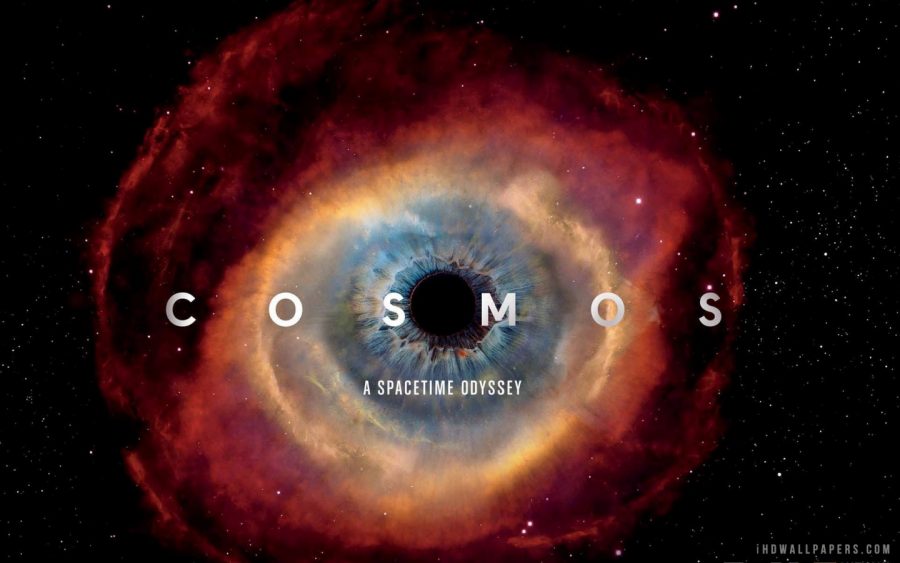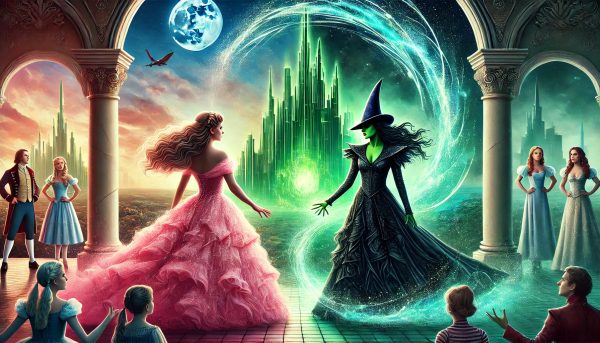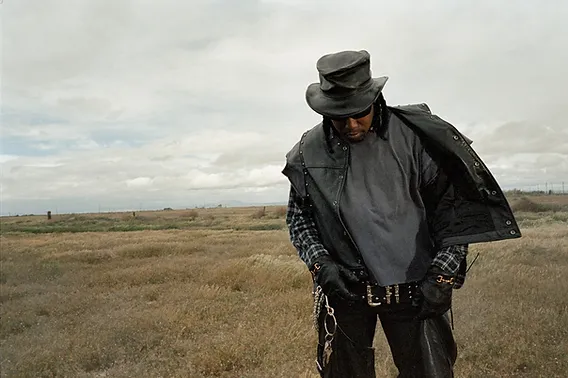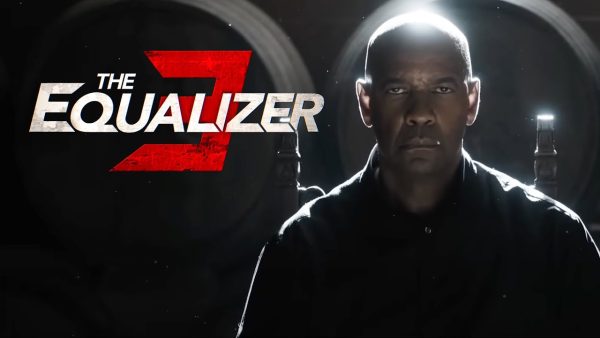New series picks up where predecessor left off
In the 80’s, astrophysicist Carl Sagan made a show about the mysteries of life and the wonders of the vast area that our universe is. Now, after his passing in 1996, Sagans prodigy Neil DeGrasse Tyson, now a famous astrophysicist, along with executive producer Seth MacFarlane (creator of Family Guy) carries on the saga left behind by his mentor. Since the last episode of Cosmos: A Personal Voyage, science has discovered more information about the heavens. Now, the new Cosmos, hosted by Tyson, picks up where Sagan left off, filling in the gaps not yet known at the time.
In the first episode of Cosmos: A Spacetime Odyssey, Tyson explores how scientist from long ago and the not too distant past came to discover all the wondrous things in modern science, from the subatomic particles, to the formations of galaxies near and far; from black holes, to white dwarf stars. Tyson, piloting a reflective elliptical shaped spacecraft, promptly named the “spaceship of the imagination”, discusses our own place in the expanding universe and all the planets of our solar system.
Four episodes into the series, the new show has covered how Newton came to discover gravity and gravities effects on everyday life, how the speed of light was unraveled by minds like Faraday and Maxwell, even how the asteroid and oort cloud formed, and even how DNA replicated to form life. So far, the new Cosmos promises to bring scientific knowledge to public television once more, hopefully educating the public. The new series is already a hit with those who remember the old show, and hopefully will bring educational television into a new light.







